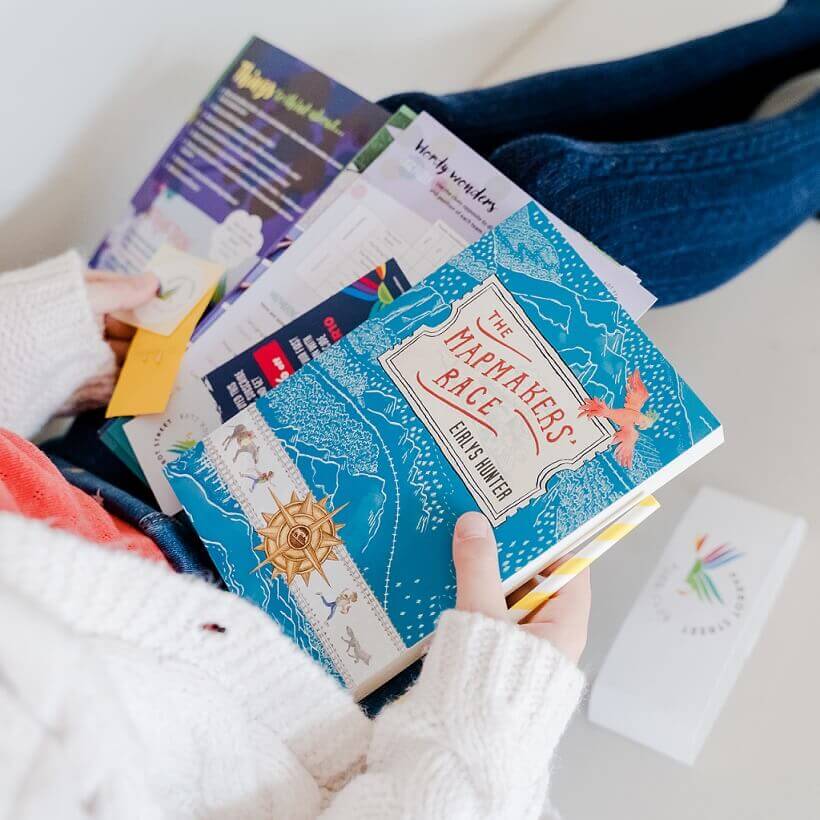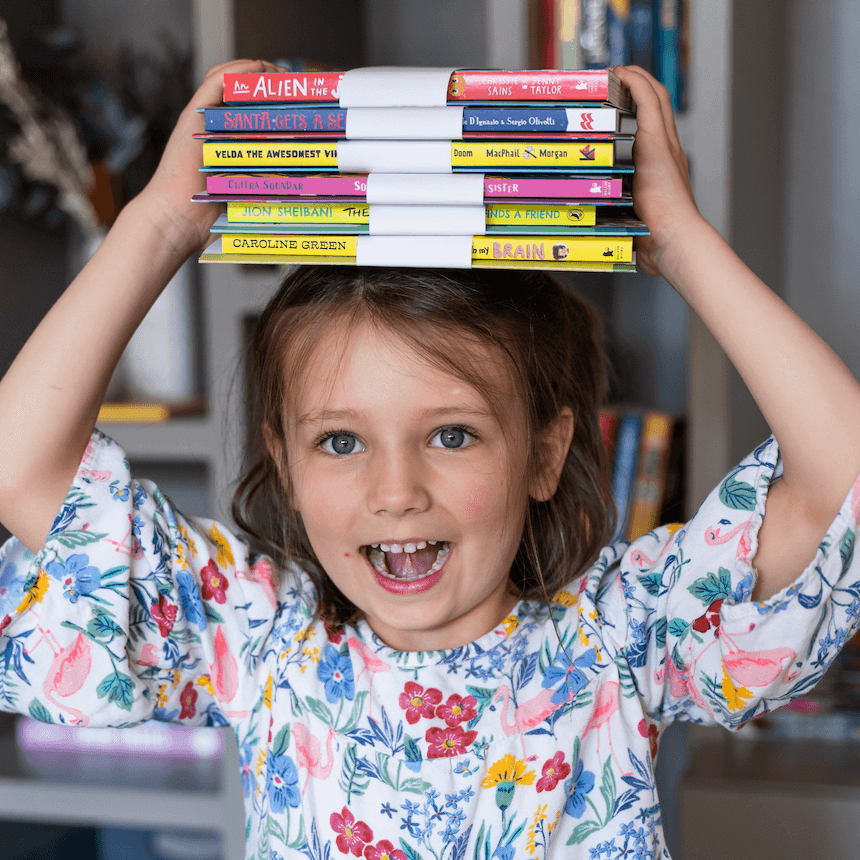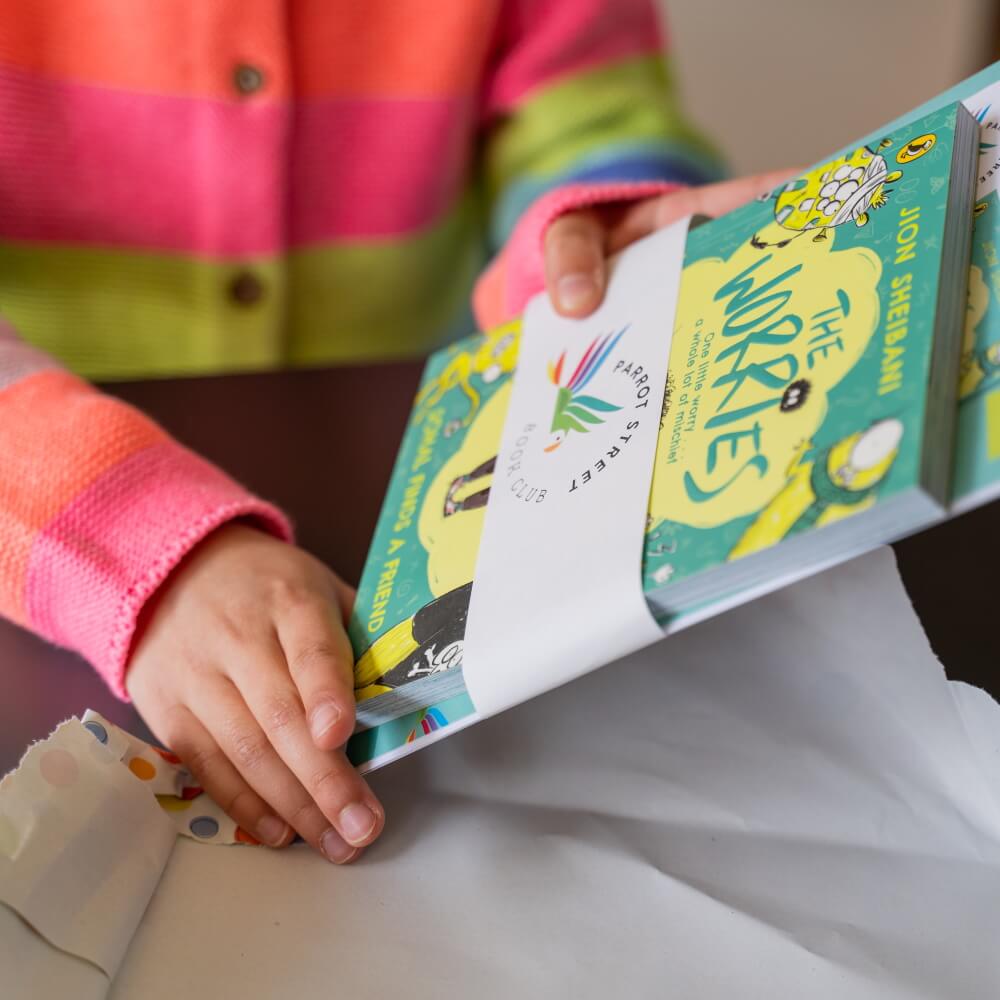Alastair Chisholm on Adam-2 and writing science fiction for kids

We are delighted to have a guest post this week from author Alastair Chisholm, whose book Orion Lost was a huge hit with our Cockatoo subscribers last year. Alastair’s brand new book, Adam-2, is published this week and we couldn’t be more excited about it! Here Alastair tells us all about what inspired the book and the wonderful cast of characters, who we know you’re going to love:
--
Adam-2 is a science fiction adventure about a robot living in a basement, on his own, for over two hundred years, and about what he finds when he leaves.
It might sound like this story was inspired by Lockdown! We’ve all been stuck in our own homes, and we’re all now just starting to creep out into the world. But actually, it started before any of that. Actually, it was about a boy.
When I’m working on a story, I have lots of ideas. Some are good, lots are rubbish, and it’s hard to know which are which! So I think up as many as I can, write them down so I don’t forget them, and let them stew for a bit. And after a while I start to daydream little scenes, and the people in them. It’s those scenes – the ones with people, not just plot ideas – that are the heart of the story.
With Adam-2, I imagined a boy in a basement. That was it, at first. I knew somehow that he’d been there for a very long time. Was he magical? No, I realised: he was a robot, going through his programmed routine, every day the same. Why was he there? I wondered. Why didn’t he leave?
And what’s been happening outside while he was in there?
The more I thought about this little robot, the more I liked him (Adam was always a ‘him’ to me). What were his days like? I thought: maybe he practices being a ‘good boy’. He plays keepy-up, but he’s careful not to be too good at it, because he wants to be like a real person. He learns to say things like “about eleven o’clock” when his processor tells him it’s actually “11:01:03.297AM”. He plays at make-believe, although as a robot he finds it really hard – he has to try to imagine a thing that’s different to what it actually is. But he tries. He pretends to listen as someone reads him a story. He pretends that someone tells him they love him – and he answers, “I love you too.” And the next day he does it all again.
I knew straightaway that this was the story I wanted to tell. I wrote chapter one in a rush, before I’d sorted out any of the rest of the plot. Adam’s voice was so clear in my head, I could see just how he would see the world, and what he felt about it. And I realised this book was going to be about something incredibly important – empathy.
Empathy is about feeling and understanding what someone else is feeling. It sounds simple, but in fact it’s one of the most powerful forces there are. Empathy is what makes us able to forgive, or apologise, or help those less fortunate, or to understand when situations aren’t fair on others and need to be changed. Every great social improvement in our world happened when people allowed themselves to feel what others were feeling. Empathy is a superpower!
So here is Adam, a robot who has spent his life trying to understand what it would feel like to be human. And when he meets the humans – who are curious, suspicious, or hostile towards him – he keeps trying. But the world he emerges into is at war. And even worse: the war is between humans and robots, robots that are in some way like Adam himself, but programmed to kill all humans!
He meets Runa, a girl fascinated by gadgets, and Linden, her protective friend. (Linden is non-binary, using the ‘ze’ and ‘hir’ pronouns instead of ‘he/her’ and ‘his/her’). Linden’s mother was killed by robots, and ze hates them. To Linden, Adam will always be the enemy.
Linden arrived almost complete in my head, and it was only as the story progressed that I realised how important ze was. Being non-binary, Linden understands the importance of pronouns, and when the other humans start calling Adam ‘he’, Linden refuses – because ze realises that to do so would be to recognise Adam as a person. As Adam tries to find a way around the robots’ war programs, Linden must confront hir own programming – the ideas and events that have led hir and other humans to hatred.
I loved writing this book, and I’m very excited to see it out in the world! There are lots of adventures and excitement, and hopefully lots to think about. Also, it’s set in my home city of Edinburgh! Can Adam decide who is right and who is wrong? Can he imagine a world that is different to what it is? I hope you get a chance to find out. Happy reading!
All the best,
Alastair
We think you will love Adam-2! If you like the sound of Alastair's book, you can purchase a copy here.*
*affiliate link
JOIN OUR EMAIL LIST
Children's book news straight to your inbox
We love sharing product updates, book recommendations, children's activity ideas and special offers via email.








